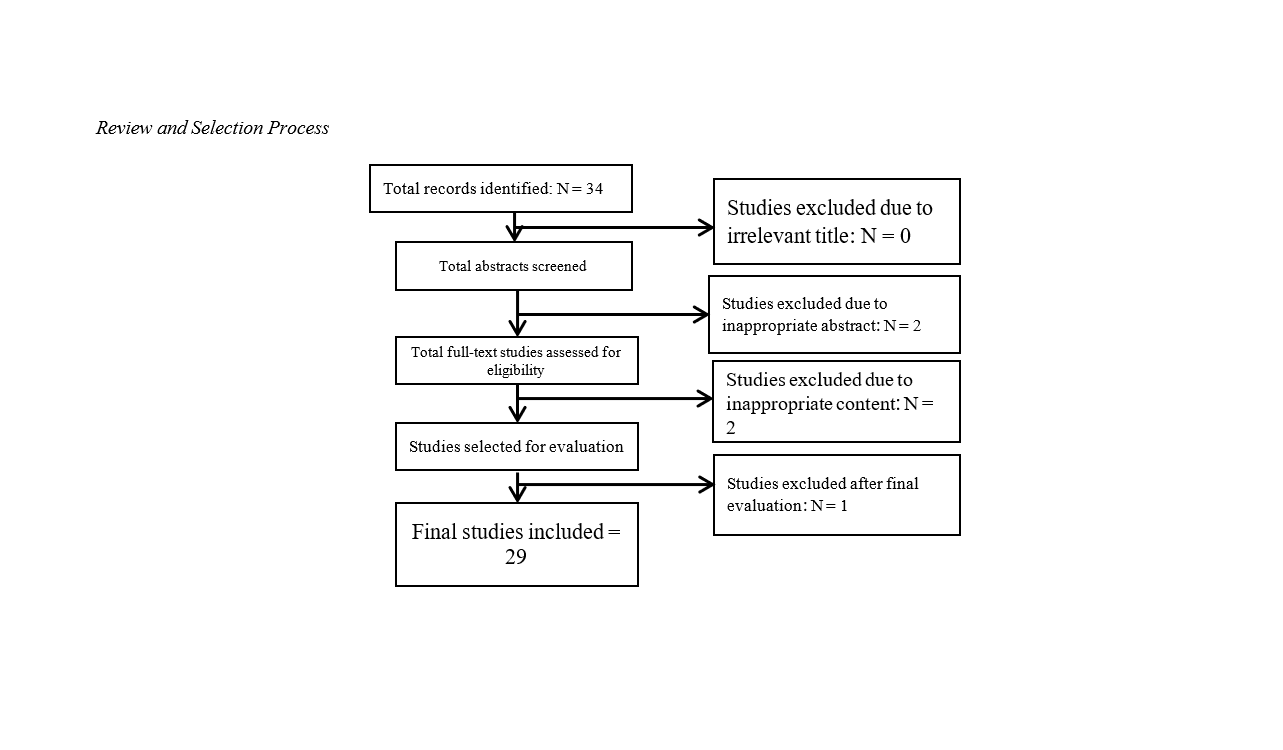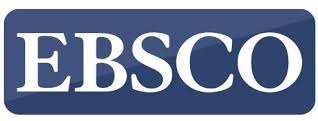Providing a Model of New Public Services with an Emphasis on the Internet of Things in the Mashhad Electricity Distribution Company
Keywords:
Internet of Things, new public services, electricity distribution industry, Interpretive Structural Modeling (ISM), smart distributionAbstract
In the era of advanced technologies, transformation in the delivery of public services—especially in infrastructural sectors such as electricity distribution—is an undeniable necessity. Given the rapid development of modern technologies and the need to enhance the efficiency and quality of services, electricity distribution companies must continuously update and optimize their operational processes. This transformation not only contributes to increased customer satisfaction but also leads to overall improvement in energy network performance and cost reduction. In this context, the Internet of Things (IoT), as a key technology, offers new capabilities for data collection and analysis, resource management, and service optimization. This study aims to present a novel model for public services in the Mashhad Electricity Distribution Company with a particular emphasis on the application of the Internet of Things. The present study is applied-developmental in nature and employed a qualitative meta-synthesis approach to achieve the research objective. Subsequently, the reliability of the identified dimensions was examined through the Delphi analysis method. Finally, in the quantitative phase, the most influential components of new public services with an emphasis on IoT were determined using Interpretive Structural Modeling (ISM). The qualitative findings revealed four main categories (enabling factors, service factors, IoT-related factors, and outcomes of public services), twelve key concepts (technical factors, non-technical factors, quality of modern services, remote services, electronic relationship management, data and telemetry systems, security and control systems, integrated management systems, smart distribution, employee quality of life, customer experience enhancement, and productivity of the electricity distribution company), and sixty-nine primary codes. Quantitative results indicated that the components of technical and non-technical factors possess higher driving power compared to other elements of the model. The findings of this research clearly demonstrate that the implementation of new public services—particularly those leveraging advanced technologies such as the Internet of Things—can act as a key driver in transforming the electricity distribution industry.
References
Abbasi, T., Nargesian, A., & Salimi, M. (2020). Identifying and Prioritizing Public Service Values in Iran's Public Sector. Organizational Resource Management Research, 113-134. https://ormr.modares.ac.ir/article-28-37708-en.html
Aboelazm, K. S., Tawakol, F., Ibrahim, E., & Sharif, H. (2025). Improving public sector procurement methods in international practices: A comparative study. Journal of Lifestyle and SDG'S Review, 5(2). https://doi.org/10.47172/2965-730X.SDGsReview.v5.n02.pe03287
Adejuwon, K. D. (2018). Internet of things and smart city development: Is Nigeria leveraging on emerging technologies to improve efficiency in public service delivery? Journal of Public Administration, Finance and Law, 13, 7-20. https://www.researchgate.net/publication/327895242_Internet_of_things_and_smart_city_development_Is_Nigeria_leveraging_on_emerging_technologies_to_Improve_efficiency_in_public_service_delivery
Ahmadi, A., & Moradi, F. (2023). The Impact of Information Technology Capabilities on Financial Performance Through Service Innovation (Case Study: Internet Service Providers). Modern Research Approaches in Management and Accounting, 88, 1581-1594. https://ensani.ir/fa/article/562013/
Chatfield, A. T., & Reddick, C. G. (2019). A framework for Internet of things-enabled smart government: A case of IoT cybersecurity policies and use cases in U.S. federal government. Government Information Quarterly, 36(2), 346-357. https://doi.org/10.1016/j.giq.2018.09.007
CheSuh, L. N., Díaz, R. Á. F., Perez, J. M. A., Cuellar, C. B., & Moretón, H. A. (2024). Improve quality of service for the Internet of things using blockchain & machine learning algorithms. Internet of Things, 25, 101123. https://doi.org/10.1016/j.iot.2024.101123
Chohan, S. R., & Hu, G. (2020). Success factors influencing citizens' adoption of IoT service orchestration for public value creation in smart government. IEEE Access, 8, 208427-208448. https://doi.org/10.1109/ACCESS.2020.3036054
Dad Saadat, H., & Mostafavi, S. A. (2021). A Method for Improving Service Quality in Software-Defined IoT Networks. Soft Computing and Information Technology, 3, 11-24. https://en.civilica.com/doc/2100521/
Ebrahimi, M., Tadain, M. H., & Sayad Haghighi, M. (2021). Trust Algorithms in the Internet of Things: Review, Analysis, and Evaluation Metrics. Signal and Data Processing, 2, 3-28. https://doi.org/10.52547/jsdp.18.2.3
Hu, G., Chohan, S. R., & Liu, J. (2020). Does IoT service orchestration in public services enrich the citizens' perceived value of digital society? Asian Journal of Technology Innovation, 30(1), 217-243. https://doi.org/10.1080/19761597.2020.1865824
Idoko, I. P., Ijiga, O. M., Enyejo, L. A., Akoh, O., & Isenyo, G. (2024). Integrating superhumans and synthetic humans into the Internet of things (IoT) and ubiquitous computing: Emerging AI applications and their relevance in the US context. Global Journal of Engineering and Technology Advances, 19(01), 006-036. https://doi.org/10.30574/gjeta.2024.19.1.0055
Lotfollah Hamadani, M. R., Vaddadi, A., & Teymournejad, K. (2023). Analyzing Public Service Motivation Using Rogers' Evolutionary Approach. Organizational Behavior Studies, 1, 165-198. https://obs.sinaweb.net/article_705141.html
Memarzadeh Tehran, G., Rostami Kia, S., & Mohammadzadeh Kalati, M. (2021). Developing a Citizen-Centric Model in Iran's Public Sector with a New Public Service Approach. Management and Development Process, 34(3), 3-21. https://doi.org/10.52547/jmdp.34.3.3
Najjarzadeh Hanjani, M. (2019). Evolution of Public Service Management Models: From Classical to New Public Service. Administrative Law, 6(19), 265-288. https://doi.org/10.29252/qjal.6.19.265
Najjarzadeh Hanjani, M., & Shamsi Moheb, A. (2023). Opportunities and Threats of E-Public Services from an Administrative Law Perspective. Journal of Contracts and Emerging Technologies Law, 2, 21-35. https://mtlj.usc.ac.ir/article_172514.html?lang=en
Pouti, N., & Taghva, M. R. (2019). Assessing IT Organizational Maturity Using Business-IT Alignment Approaches: Integrated Capability Maturity Model and IT Infrastructure Library (Case Study: Kermanshah Electric Power Distribution Company). Information Processing and Management Research Journal, 35(100), 519-552. https://jipm.irandoc.ac.ir/article_699590.html?lang=en
Shahbazi, A., Makvandi, F., Amirnejad, G., & Chenari, V. (2022). Designing a Foresight Model for Public Services in Iran. Iranian Model of Progress Studies, 22, 261-292. https://ensani.ir/fa/article/529264/
Sharifzadeh, F., Vaezi, R., Ghorbanizadeh, V., & Hashemi, M. (2022). Administrative Culture Characteristics: Public Service Values in Iran's Administrative System. Public Management Perspective, 49, 43-72. https://doi.org/10.52547/jpap.2021.221738.1054
Yahiapour, M., Tabari, M., Mehrara, A., Balouei Jamkhaneh, E., & Bagherzadeh, M. R. (2022). Designing a Green HRM Excellence Model for Northern Iran's Electric Power Distribution Companies. Ethical Research, 12(48), 287-304. https://en.civilica.com/doc/1880805/
Yousefi Amiri, M., Khafeh Elahi, A. A., Fani, A. A., & Mortazavi, M. (2021). Analysis of Public Service Values in Government Organizations. Public Administration, 45, 103-125. https://jipa.ut.ac.ir/article_83950.html

Downloads
Published
Submitted
Revised
Accepted
Issue
Section
License
Copyright (c) 2024 Zahed Safari, Ali Farhadi Mahalli, Alireza Matoufi (Author)

This work is licensed under a Creative Commons Attribution-NonCommercial 4.0 International License.









